How to assemble a siphon correctly?
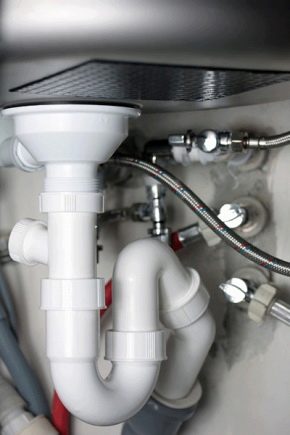
Assembling a siphon is an extremely simple process that almost any owner can handle. Modern siphons are very easy to assemble and do not require much effort and time.
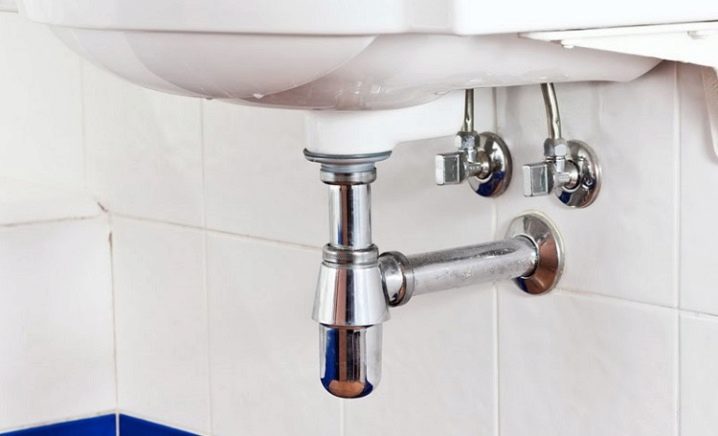
Appointment
It is impossible to imagine a modern kitchen or bathroom without this device. A siphon is a curved pipe through which water from a sink or bathtub goes down the drain. A special bend on the pipe is designed to prevent unpleasant odors from entering the room. In addition, some models prevent blockages. They usually have special sedimentation tanks.

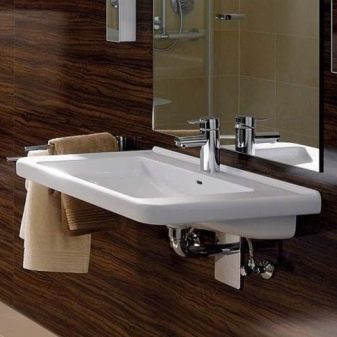
Design
By their design, siphons are divided into corrugated, pipe and bottle siphons.
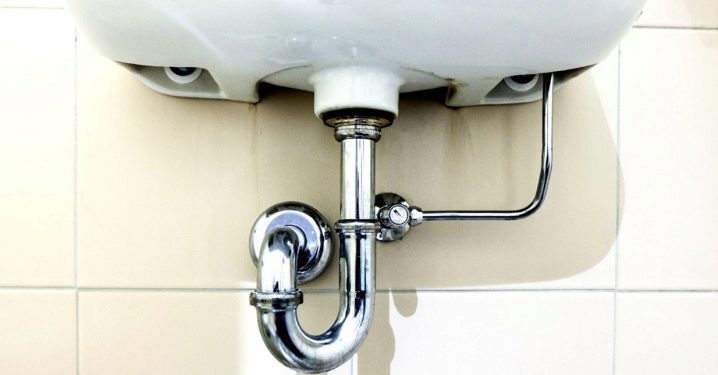
Corrugated model
It is one of the most popular and easy to assemble. Such siphons are a hose that bends easily and takes the required shape. With the help of special clamps, the pipe is fixed in one position. These models can be easily removed and cleaned if necessary.
Pros:
- compactness: the corrugated model takes up little space under the sink;
- ease of assembly and operation;
- the hose can be bent or made longer or shorter.
Minuses:
- from constant exposure to high temperatures, the corrugated hose can deform and lose the required shape;
- Grease and dirt can accumulate in the folds of the pipe, which can lead to blockages.
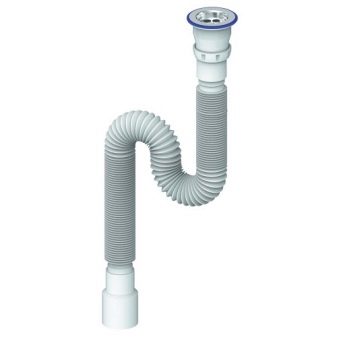
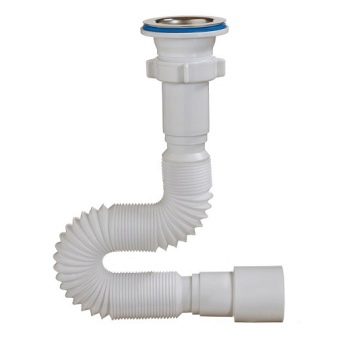
Pipe siphons
They represent a pipe from various sections, which, when assembled, have an S-shape. Previously, such models were in great demand, but with the advent of corrugated models, they faded into the background. Nevertheless, pipe models are still popular today.
Pros:
- have a clear fixation;
- have high strength;
- resistance to blockages.
Minuses:
- if it becomes necessary to clean this version of the siphon, then the pipe has to be partially disassembled;
- takes up a lot of space under the sink.
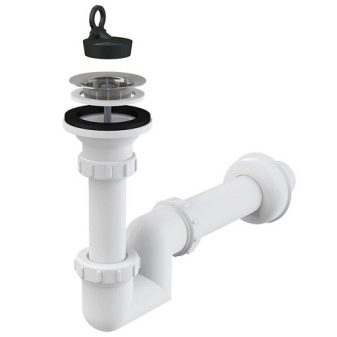
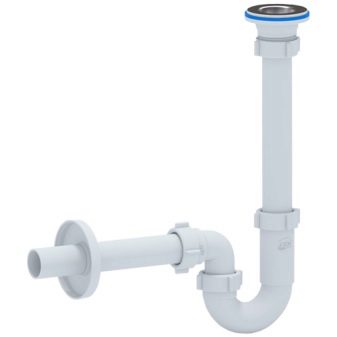
Bottle siphon
It differs from the previous versions in that it has a special sump. The sump can be easily twisted if necessary. This model is ideal for the kitchen sink. In the modern plumbing market, you can pick up a metal or plastic bottle siphon.
Pros:
- usually such models have two taps - if necessary, you can connect, for example, a washing machine to the siphon;
- if any object accidentally falls into the sink, it will fall into the bottle part of the device, where it can be easily reached;
- prevents blockages.


Other models
In addition to the above design options, flat and double siphons can be noted. The former are usually installed to drain water from the shower stall, and the double ones are designed for twin sinks.
Overflow siphons are commonly used for kitchen sinks. An overflow is a device that prevents water from reaching the edges of the sink.
In addition, siphons can differ in the material used to make them.
One of the highest quality siphon options are brass models. Their price is yours for the rest, but the service life and reliability exceed other models. Such siphons are covered with a special coating that prevents the metal from oxidizing.

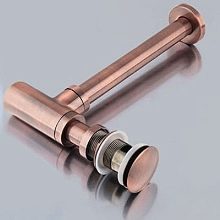
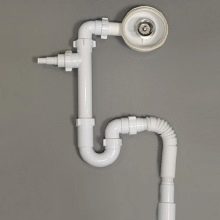
It is worth noting products made of non-ferrous metals or steel. The copper plumbing siphon is usually used exclusively as a design move. Caring for him is quite painstaking. This also includes bronze models, which give an aesthetic appearance, but require maintenance and are not so easy to install.
Steel products have a long service life and a high price. Also, to install such a model, you need to know the exact dimensions of the future pipe, because steel, unlike corrugation, does not bend.
Cast iron products have been used in the past. The reliability of such siphons is very high, but assembly is extremely difficult. Many people tend to change cast iron products to plastic ones. With the dismantling of cast iron parts, problems can also arise. For their fastening, a cement solution was previously used, which, when replaced, must be broken.
Plastic siphons are easy to assemble and attractive in terms of price. PVC models have a fairly long service life.

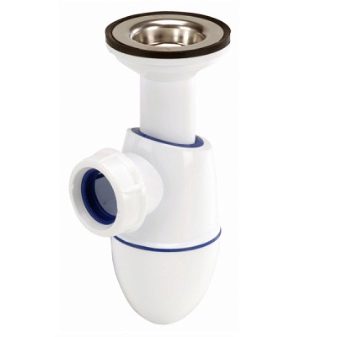
Automatic or semi-automatic siphons
They are a fairly new product in the plumbing market. Such devices are installed in the bathroom or shower. On the top of the siphon there is a special cover, which, when pressed, lowers and water is collected. In automatic siphons, the lid rises on its own with a large amount of water to prevent flooding. In semi-automatic, this happens when pressed again.
The siphon for a round sink is no different from a regular one. Therefore, any siphon can be installed on a kitchen sink with a round bowl.
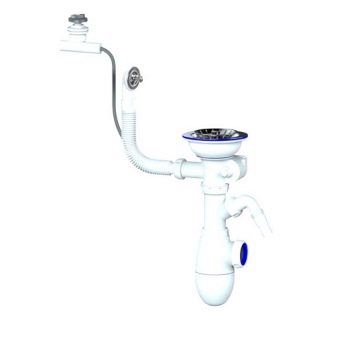
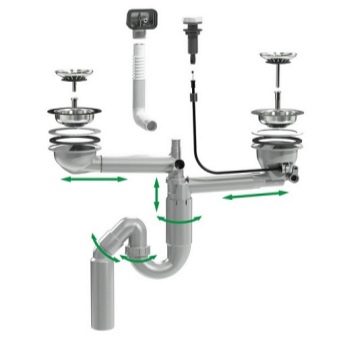
Standard device
Standard siphon consists of the following components:
- outlet pipe;
- rubber gaskets;
- large nuts for fasteners;
- tie screws;
- metal grate drain;
- corrugated hose or rigid pipes.
Depending on the type of siphon, there may be any additional details. For example, automatic and semi-automatic models have a more complex design. And the assembly process is more difficult than that of standard types of siphons.
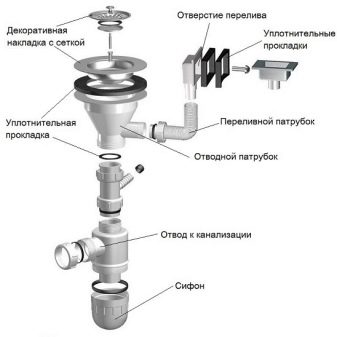
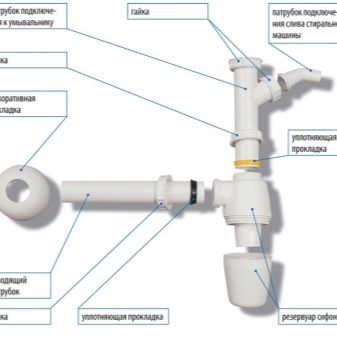
How to assemble?
There is nothing complicated in the assembly of this device. To assemble modern siphons, you do not need to stock up on a large number of tools, because current models are easily assembled by hand. A screwdriver may come in handy at some stages of assembly.
It is advisable not to use sealant when assembling the siphon. Many designs are quite reliable and do not need additional leak protection. And if you use a sealant, then in the future, disassembling the siphon for cleaning can become difficult.
Usually, an assembly diagram is attached to each model in the kit, on which all the steps are indicated step by step. The collection instruction clearly shows how to fix the parts.
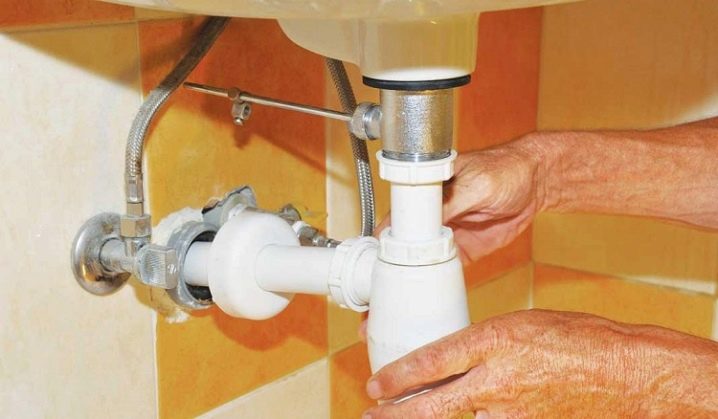
Before the assembly itself, you should make sure that all components are present and that there are no defects on them. Special attention should be paid to rubber gaskets - they should not have cuts and cracks. It is recommended to wear gloves and keep a respirator close at hand just in case.
- First, a grid with a special gasket is installed on the sink.
- A drain pipe is installed from the bottom of the sink, which is tightened with a screw.
- Then the bottle part of the siphon is installed on the drain pipe.
- A cap is installed on the bottom of the bottle part, which also has a rubber gasket.
- After that, the outlet is fastened, which connects the siphon and the sewer.

Separately, it should be said about the assembly of a semi-automatic siphon. Since these models have additional parts, their assembly becomes more complicated. To properly assemble such a siphon, you need to follow a certain algorithm.
- First, it is necessary to connect the branch pipe and the central overflow of the device.
- Then a filter is mounted on the overflow, and a double seal is installed on the drain.
- After that, the movable adjusting cable is connected to the metal covers.
- Then they are installed on the drain hole.
- The structure is attached to the overflow with bolts.
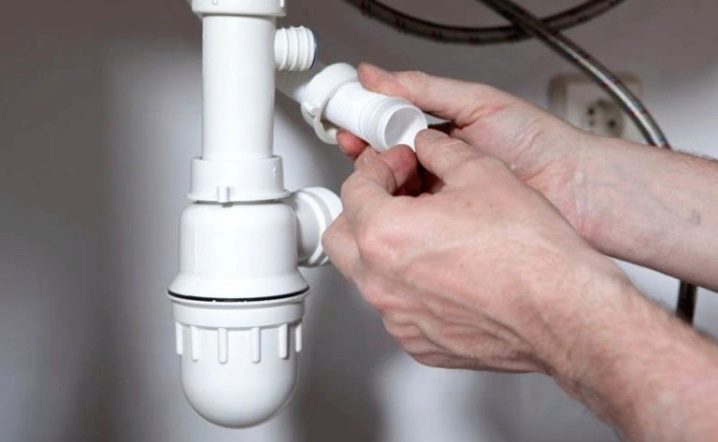
As you can see from the above steps, assembling a siphon is an extremely simple procedure that can be easily dealt with. The main thing is to securely fix all the parts and do not forget about the rubber gaskets to avoid leaks.
How to clean the pipe?
Today there are a huge number of different chemicals for blockages. But it is important to pay attention to their composition - overly caustic cleaning agents can harm the pipe. A proven popular way to deal with blockages is a solution of vinegar and soda. In this case, first, about 1/2 cup of soda is poured into the drain hole of the sink, and then vinegar is poured into the pipe in the same volume. After a while, the drain must be flushed with hot water.
Important: do not try to mix vinegar with soda before adding them to the drain - this is fraught with big troubles and, possibly, burns, since the reaction of their interaction is simply unpredictable.
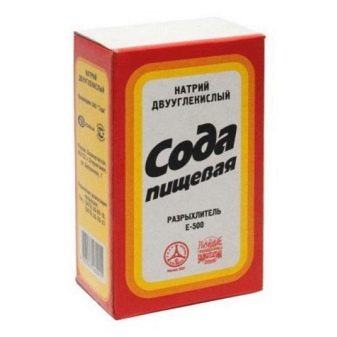
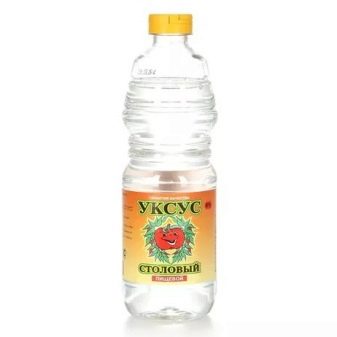
If the blockage is not removed by any means, then only dismantling the pipe will help.
Corrugated pipes can be easily twisted and straightened. The straight pipe can be cleaned with plain hot water or a solution of baking soda and vinegar.
Pipe models are disassembled piece by piece. Each section is cleaned separately.
Bottle models are infrequently subject to blockages, but if necessary, they can also be easily unwound and cleaned.
As you can see, there is nothing difficult in self-assembly of a siphon or its maintenance. Today's devices are easily assembled by hand and always have assembly instructions.
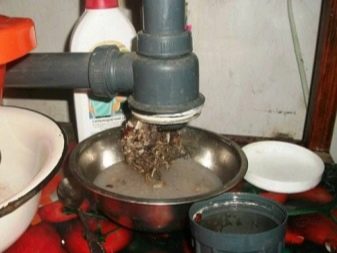
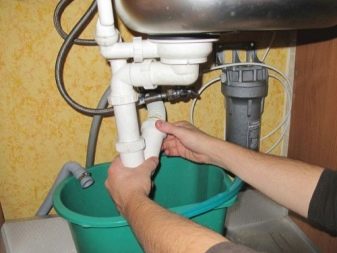
For information on how to assemble and install a bath siphon, see the video below.













The comment was sent successfully.